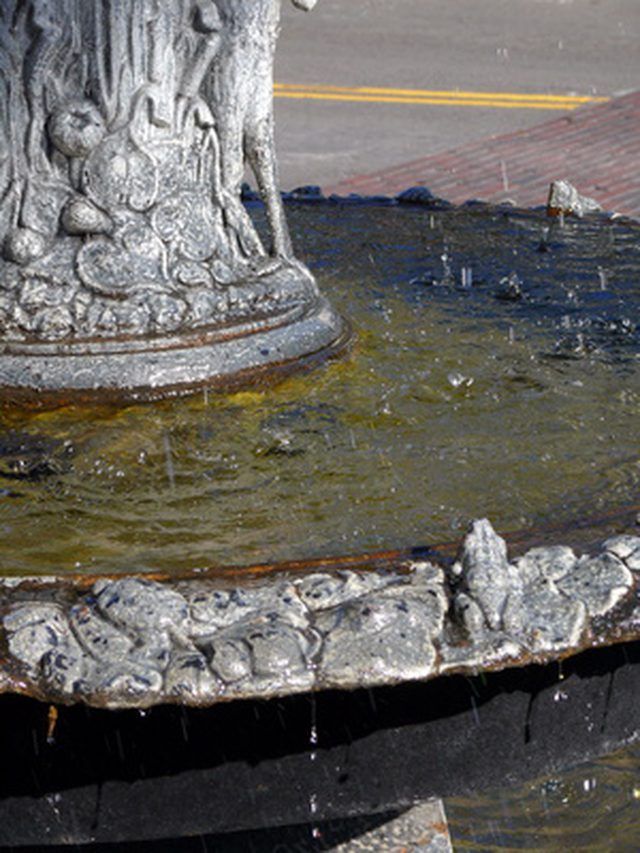Bulbs
Flower Basics
Flower Beds & Specialty Gardens
Flower Garden
Garden Furniture
Garden Gnomes
Garden Seeds
Garden Sheds
Garden Statues
Garden Tools & Supplies
Gardening Basics
Green & Organic
Groundcovers & Vines
Growing Annuals
Growing Basil
Growing Beans
Growing Berries
Growing Blueberries
Growing Cactus
Growing Corn
Growing Cotton
Growing Edibles
Growing Flowers
Growing Garlic
Growing Grapes
Growing Grass
Growing Herbs
Growing Jasmine
Growing Mint
Growing Mushrooms
Orchids
Growing Peanuts
Growing Perennials
Growing Plants
Growing Rosemary
Growing Roses
Growing Strawberries
Growing Sunflowers
Growing Thyme
Growing Tomatoes
Growing Tulips
Growing Vegetables
Herb Basics
Herb Garden
Indoor Growing
Landscaping Basics
Landscaping Patios
Landscaping Plants
Landscaping Shrubs
Landscaping Trees
Landscaping Walks & Pathways
Lawn Basics
Lawn Maintenance
Lawn Mowers
Lawn Ornaments
Lawn Planting
Lawn Tools
Outdoor Growing
Overall Landscape Planning
Pests, Weeds & Problems
Plant Basics
Rock Garden
Rose Garden
Shrubs
Soil
Specialty Gardens
Trees
Vegetable Garden
Yard Maintenance
How to Paint a Resin Water Fountain
How to Paint a Resin Water Fountain. Your garden or yard is a sanctuary in your hectic life. Running water is soothing and adds calming sounds to your yard. If your fountain is looking a little dingy and you are looking to give it a coat of paint, consider the task carefully. A resin water fountain, just like any plastic surface can be painted with...

Your garden or yard is a sanctuary in your hectic life. Running water is soothing and adds calming sounds to your yard. If your fountain is looking a little dingy and you are looking to give it a coat of paint, consider the task carefully. A resin water fountain, just like any plastic surface can be painted with the right tools. Because a water fountain is constantly inundated with moisture, keeping the paint looking good will take extra maintenance.
Things You'll Need
Bleach
Towel
Bucket
Sponge
Sandpaper
Damp rag
Drop cloth
Newspaper
Low-tack painter's tape
Spray primer
Spray paint
Turn off the fountain and unplug it from its power source. Dump out any water and dry it with a towel.
Mix a solution of one-quarter cup bleach with one gallon of water in a bucket. Dip a scrub sponge into the solution and scrub the fountain thoroughly. Items that are constantly subjected to moisture are prone to mold. The solution will eliminate all mold and any other residue that is on the surface of the fountain. Allow the fountain to dry.
Sand the entire fountain with medium grit sandpaper. Go over every part of the fountain with the sandpaper to create texture. The rough surface will allow the primer to sink into the grooves and bond with the resin. Wipe away the sanding dust with a damp rag.
Move the fountain onto a drop cloth. Cover any areas that you donít wish to paint with newspaper and low-tack tape.
Spray the entire fountain with a thin coat of spray primer. Choose a bonding primer that is formulated for plastic. Make sure that the primer says "bonding" on the side of the can. Move the sprayer in a steady back and forth motion. Allow the first coat to dry to the touch and apply a second coat. Let the second coat dry for two hours.
Paint the fountain with spray paint. Choose a paint that is formulated for plastic. Krylon Fusion bonds well with plastics. Spray a thin, even coat over the entire surface. Allow the first coat to dry. Apply one or two additional coats. Before using the fountain, allow the paint to set and cure for 72 hours, or according to product instructions.
Tips & Warnings
The paint is more likely to peel and chip due to being submerged in water. Touch up peeling areas by sanding the marred area with sandpaper and spraying with the same color paint.
Always work outdoors or in a well-ventilated area when using spray paint.